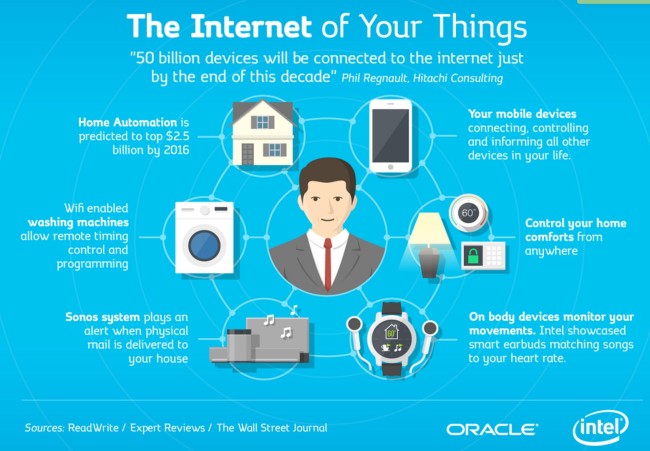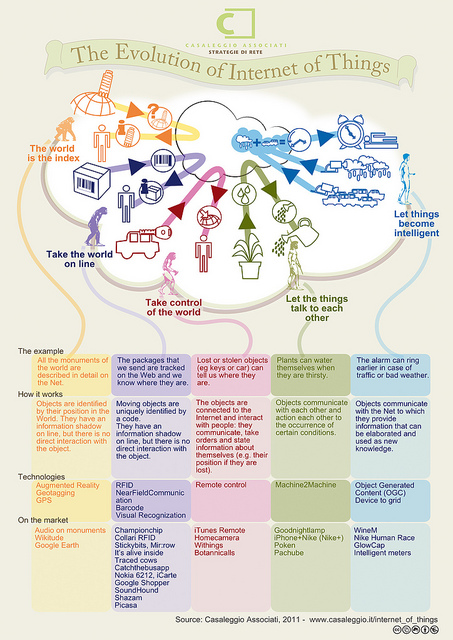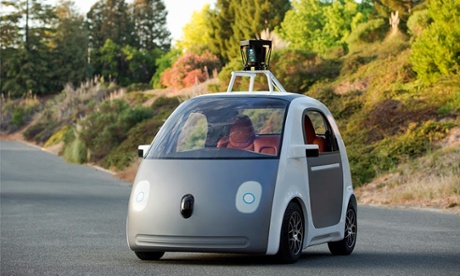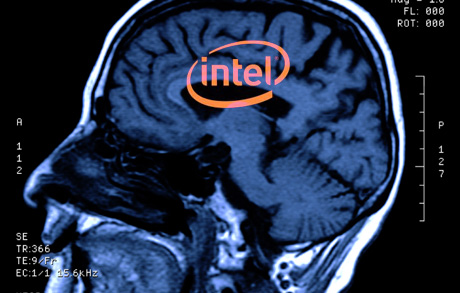Where is my chocolate?
“You did not!” my mom screamed at me. “Well, Mom, it wasn’t my fault…”, I tried to explain.
It was my fault and we both knew it. I was 14 years old and I had eaten the chocolate bar that Mom had bought specifically as an ingredient for the Chocolate cake she was about to bake for grandpa’s 70th birthday the next day. Do you remember a similar situation from your childhood?
One of the great benefits of the Internet of things: It will make chocolate-loving Moms and children of the future happier. By avoiding situations like that.
In this article I want to paint a picture of what the Internet of Things will mean to you in the next 30 years, and who will replace the chocolate in the fridge so that you won’t face situations like that with your kids.
On the way to the next technological revolution
Back in the 90s when I was stealing Mom’s chocolate, the internet was on the rise. Nowadays, it is seen by many as the biggest technological disruption of all time. It has enabled entirely new forms of social interaction, activities, and organizing.
There are only a handful of similarly important disruptions in the 10,000+ years history of mankind (like the invention of the wheel around the 4500 BC or the printing press in 1450). Given that it has been roughly 20 years since the internet started, I am extremely happy to have witnessed such a meaningful transformation.
I envision my death to be around 2060 BC (maybe 2070 if I am lucky and manage to limit my chocolate consumption to healthy amounts). Amazingly, it looks as though I will witness yet another major technological revolution: The Internet of Things.
According to the McKinsey report “Disruptive technologies: Advances that will transform life, business, and the global economy“ the Internet of things (IoT) is one of the top three technological advancements of the next decade (together with the mobile internet and the automation of knowledge work). The report goes on to say that “The Internet of Things is such a sweeping concept that it is a challenge to even imagine all the possible ways in which it will affect business, economies, and society.”
Cisco Systems is among one of several big companies betting heavily on IoT, saying that “the next wave of dramatic internet growth will come through the confluence of people, process, data, and things”. (see the Cisco report)
The vision: Connecting everything with everything
The Internet of Things (IoT) describes the phenomenon of everyday devices connecting to the Internet through tiny embedded sensors and computing power. The idea is that not only your computer and your smartphone can talk to each other, but also all the things around you. From connected homes and cities to connected cars and roads (yes, roads) to devices that track an individual’s behavior and use the data collected for “push” services.
“The Internet of things will involve a massive build-out of connected devices and sensors woven into the fabric of our lives and businesses. Devices deeply embedded in public and private places will recognize us and adapt to our requirements for comfort, safety, streamlined commerce, entertainment, education, resource conservation, operational efficiency and personal well-being.” (for more info, see Intel’s report “Rise of the embedded internet”)

Some mention one trillion Internet-connected devices by 2025 and define mobile phones as the “eyes and ears” of the applications connecting all of those connected “things.” Depending on the context, others give examples that are less phone-centric, speak of a class of devices that do not exist today or point to Google’s augmented-reality smart glasses as an indication of things to come. Almost everyone agrees on one thing: Things will talk to each other more and become a lot more intelligent than today.

What the Internet of Things means to you, the average chocolate-lover
So you understand that things might somehow connect to you and maybe with each other. As long as you get your chocolate you don’t care, right?
Not quite, here is my prediction what will happen in your future chocolate life:
In the next 2 years: You walk past a random store and wonder why your phone tells you that your favorite shoes are on sale this week.
In the next 5 years: Wal-Mart is offering little boxes that you glue inside your fridge. From then on, your beloved chocolate is being replenished automatically. If it is consumed by someone, your fridge notices it, forwards the order to your supermarket and the supermarket delivers directly to your door. You won’t even notice the other chocolate bar was gone. (more here)
In the next 8 years: Little sensors in your clothes, notice a rise in body temperature and tell you to see the doctor before you even noticing that you are getting sick. When you go to see your doctor, he tells you that you could have stayed at home because your personalized medication is already on the way to you. (Freescale is a company making a first step in that direction for example)
In the next 10 years: You drive down the road when all the sudden your car warns you that there is an animal on the road ahead. How is that? Roads are now equipped with little sensors that notice the animals approaching the street and send a warning to all surrounding cars. (see the Solar Roadways project)

In the next 15 years: Your hands are off the steering wheel because the car drives by itself and slows down automatically because of the animal on the road. You keep eating your chocolate as you wait for the animal to clear the road. (see the Google Driverless Car)

Beyond: This is where it gets creepy. Your neighbor has just told you that she had a chip inserted into her brain to help her communicate with the people and things around her. She claims that it will help her become smarter and be better in touch with friends – via brain-to-brain communication. (see for example Research project at LLNL)
Things probably get even creepier afterwards. Some of these developments are good, some are scary. Some will happen like described above and some will not. Now is the time to think about how you want to participate in this trend or even shape the connected world of the future. Let me know what you think the future of IoT holds?
I believe nothing will be the same anymore in 30 years. EXCEPT: The wonderful taste of chocolate certainly remains.

